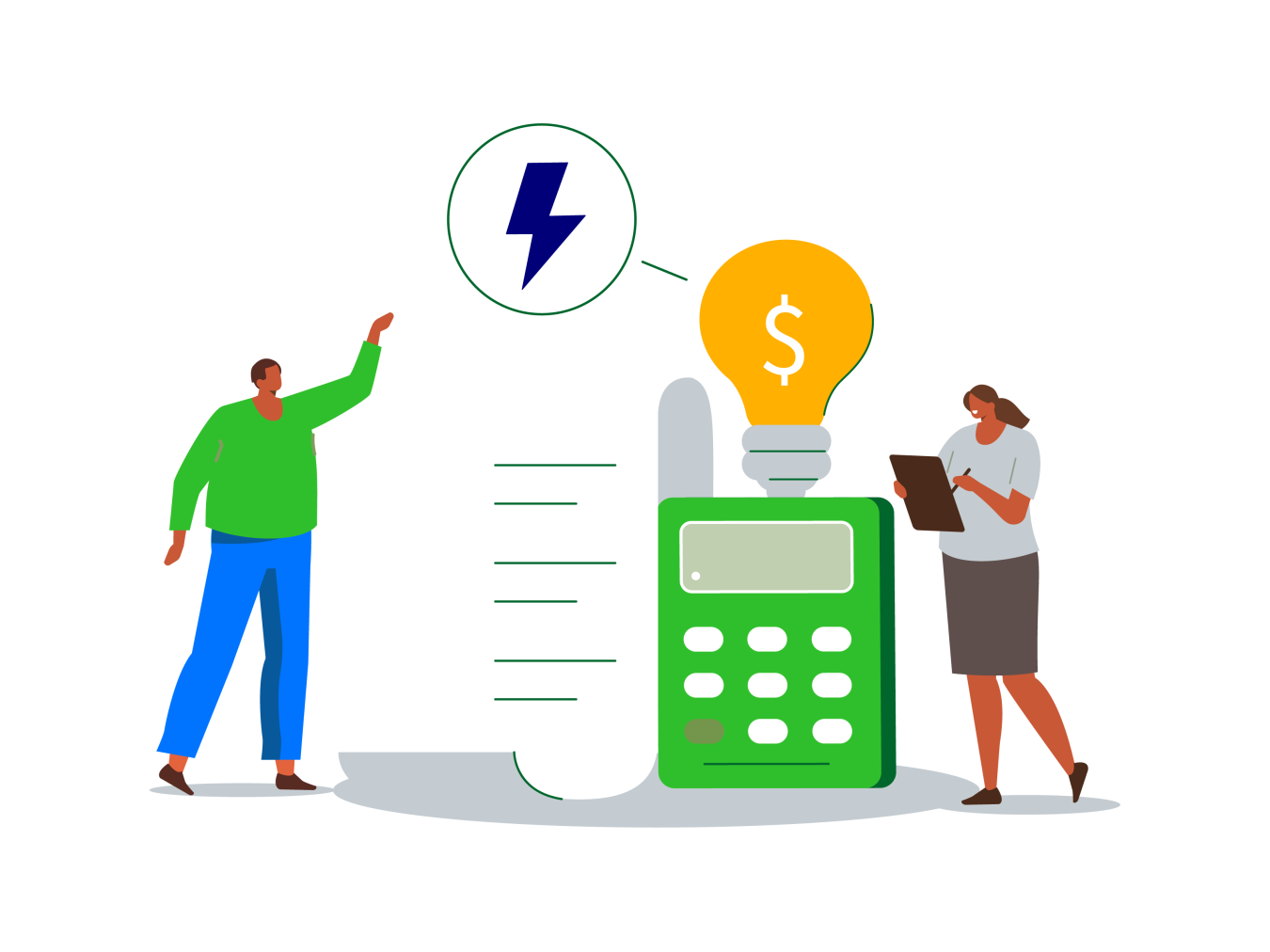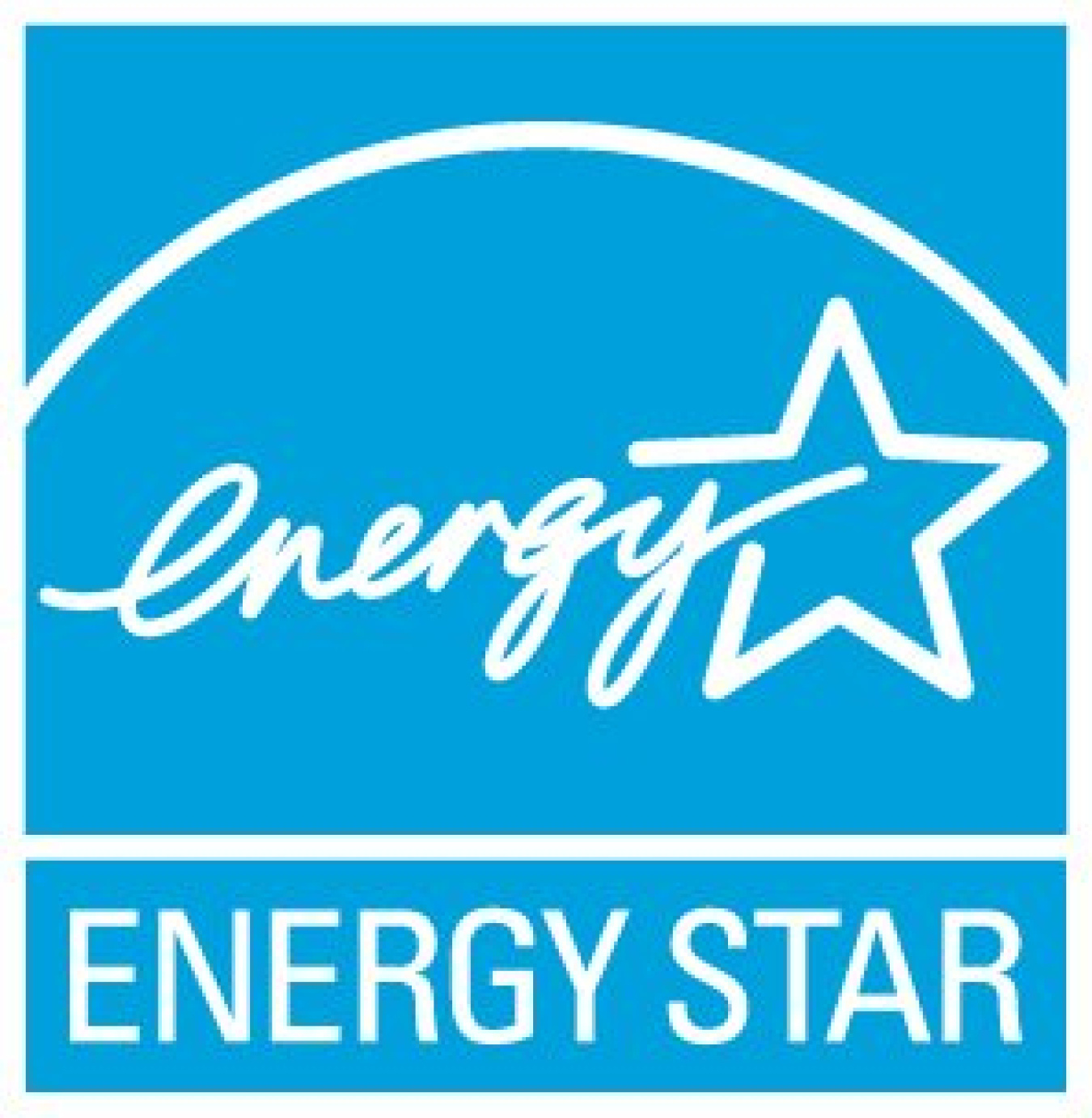How to claim a tax credit
-
Make your upgrade
See all eligible appliance and home improvements in the list below.
-
Claim your tax credit
Submit IRS Form 5695 when filing your taxes. You can download it here or search for it when filing your taxes.
-
Receive your tax credit
The qualifying amount will be subtracted from you federal taxes- giving you a bigger tax return, or lowering the amount you owe.
How to claim a rebate
Your state, territory, or Tribe manages rebates for energy efficiency and appliance upgrades. They will determine which products are eligible for rebates. Visit our Home Energy Rebates Portal to check the status of your locality’s program.
Search for eligible appliances and home upgrades
A home energy assessment can help you determine the best path
Identify areas in your home you should prioritize upgrading in order to save energy and lower your utility bill. Home energy assessments are also eligible for a tax credit of up to 30% of the cost paid by the consumer.

Find Available Incentives Today!
Enter your zipcode and select a product or explore incentives for other products.

This tool is brought to you by the ENERGY STAR program.
Learn more about available assistance programs
The U.S. Department of Energy’s Weatherization Assistance Program (WAP), through state and local agencies, helps low-income households reduce their energy costs and make their homes safer and more comfortable through energy efficiency improvements. Since 1976, more than 7 million families have improved their quality of life through the WAP. Households eligible to participate in the WAP save on average $372 or more per year. Learn more about applying for weatherization assistance
Administered by the Department of Health and Human Services (HHS), LIHEAP helps lower-income households reduce the costs associated with home energy bills, energy crises, weatherization, and minor energy-related home repairs. Learn more and see if you qualify through the LIHEAP Clearinghouse website

